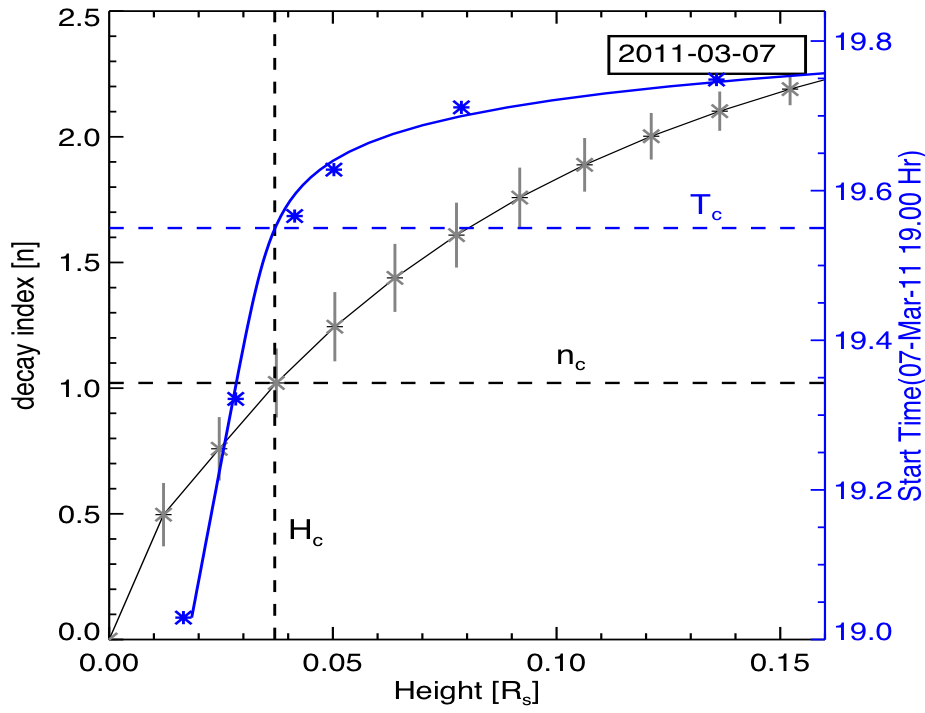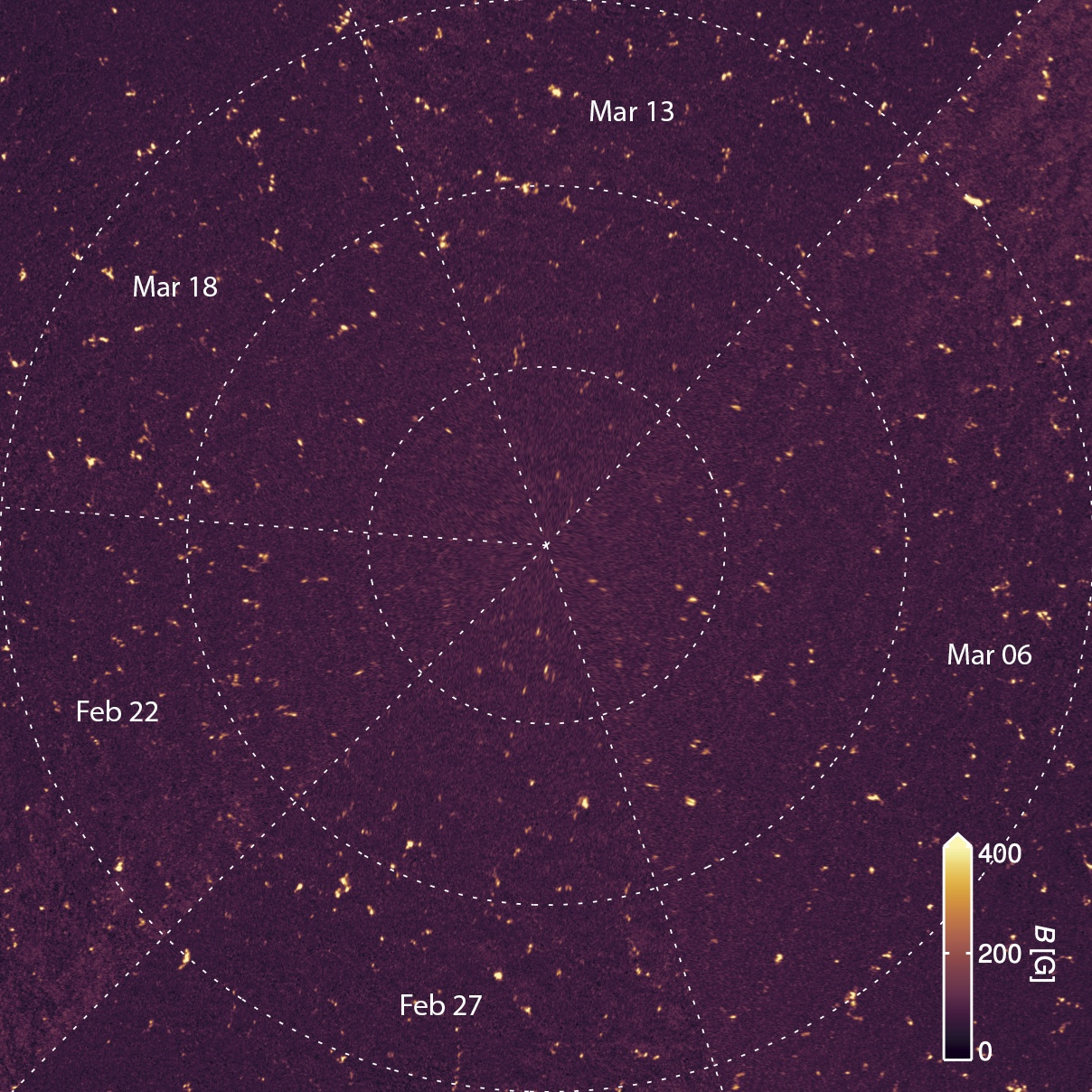Category Archives: Magnetic Field
156. Fast and Accurate Emulation of the SDO/HMI Stokes Inversion with Uncertainty Quantification
151. Hemispheric Sign Preference of Magnetic Helicity Flux in Solar Cycle 24
To study the physical processes causing the hemispheric sign preference (HSP) of helicity in the Sun, the authors surveyed active regions (ARs) observed during Solar Cycle 24 to estimate their magnetic helicity flux, and studied the HSP dependences of the magnetic helicity flux with respect to various properties of ARs.










